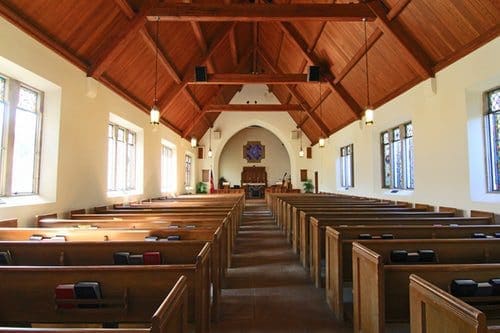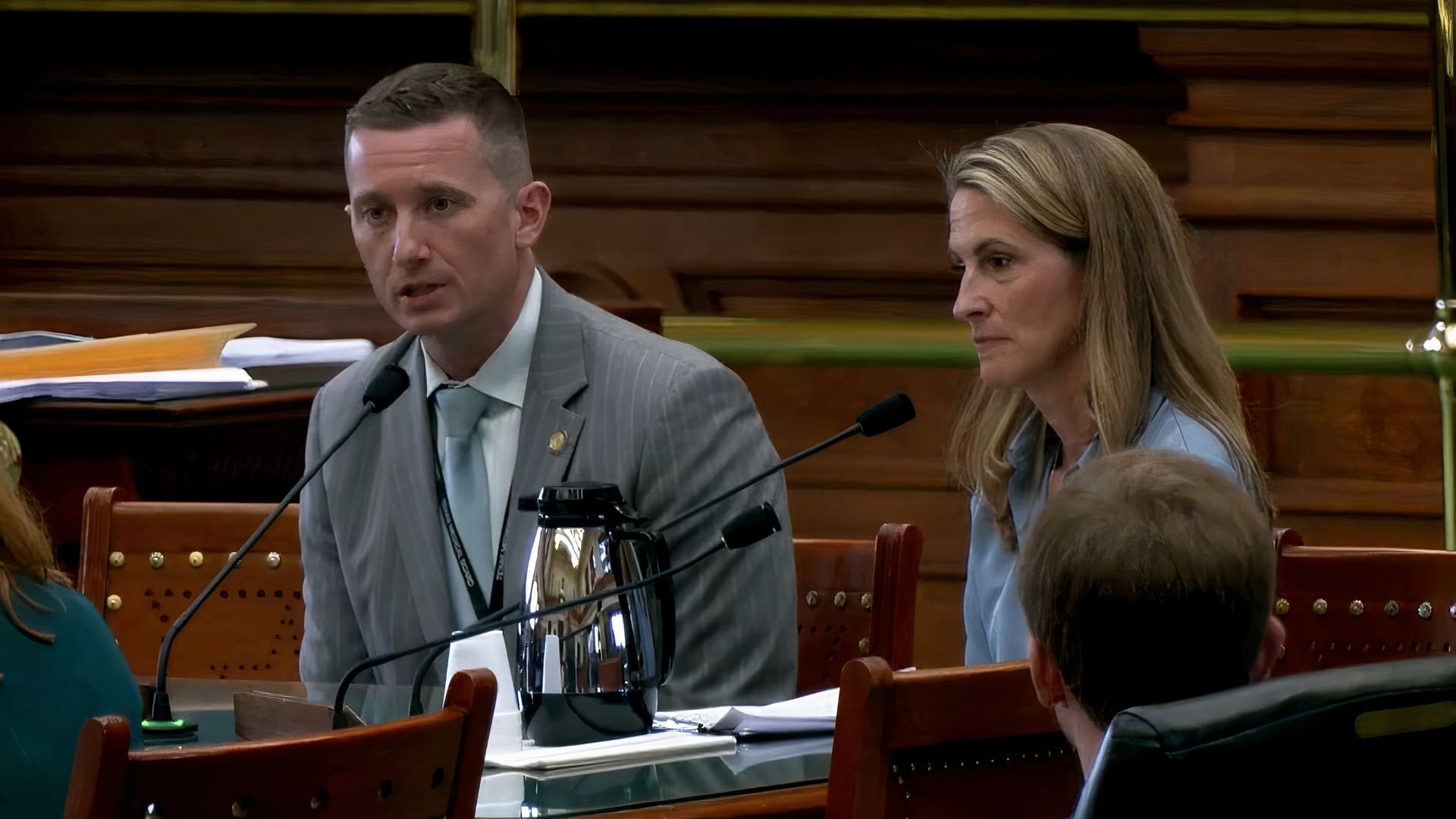As cities and counties across Texas continue to ban churches and other houses of worship from meeting in person, updated guidelines from Gov. Greg Abbott and Texas Attorney General Ken Paxton could put an end to those local restrictions.
In a joint guidance document, Abbott and Paxton lay out criteria for churches to continue operating.
When conducting services, houses of worship may consider implementing the following practices:
-
- Encourage all attendees who are 65 and above to stay home and watch the services online, or provide a “senior service” exclusively for attendees 65 and above to attend in person.
- Ask all attendees who have an underlying at-risk health condition to stay home and watch the services online.
- Equip ushers and greeters with gloves and masks.
- Consider keeping child care closed, unless the house of worship can comply
with CDC guidelines for child care facilities. - Ensure all attendees sanitize their hands and put on a mask before entering the building.
- Ensure attendees sit with their family unit, use social distancing between each unit, and, if necessary, add more service times to facilitate distancing.
- Clergy should dismiss attendees by family unit, maintaining social distancing.
- Staff should sanitize seats and frequently touched surfaces between services.
- Consider refraining from passing collection plates and instead provide a
central collection box in the building or encourage online giving. - Consider how the sacraments can be administered without attendees having
to touch the same surfaces and objects.
Notably, the new guidance states explicitly, “Local governments may not order houses of worship to close,” ending ambiguity in previously released guidance that was exploited by counties in Texas, including Dallas, Tarrant, and Cameron.
“Government and faith communities throughout Texas must work together to care for our neighbors and slow the spread of COVID-19,” said Paxton. “This updated guidance provides clear direction for houses of worship to protect the health and safety of their congregations as they continue to hold religious services, exercise religious liberty, and serve their faith communities.”





